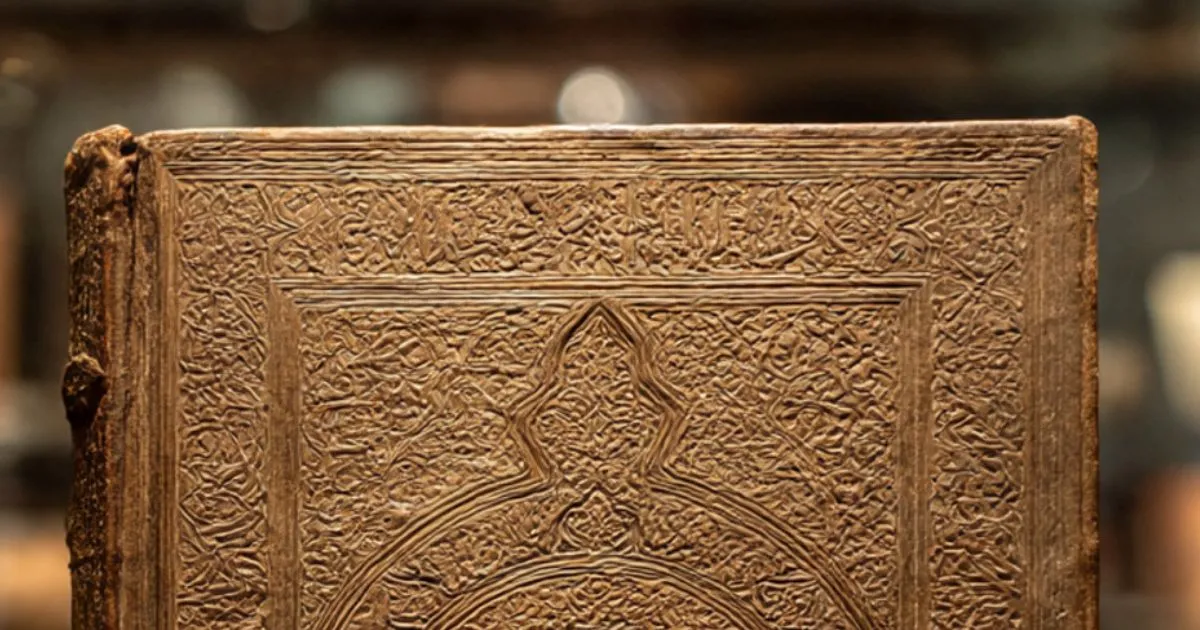The Exhibition of Rare Manuscripts & Relics in Medina: A Hidden Treasury Under Masjid Nabawi
Table of Contents
The Exhibition of Rare Manuscripts & Relics in Medina: A Hidden Treasury Under Masjid Nabawi
While the spiritual heart of your visit to Medina beats within the prayer halls of the Prophet’s Mosque, a different kind of profound experience awaits just beneath your feet. Tucked away under the vast marble courtyards, in the direction of the revered Green Dome, lies one of the Islamic world’s most significant cultural treasures: The Exhibition of Rare Manuscripts and Relics of the Prophet’s Mosque. This is not merely a museum; it is a time capsule, a sanctuary of knowledge, and a stunning testament to the intellectual and artistic heritage of Muslim civilization.
Many visitors, overwhelmed by the grandeur of the mosque above, may never discover this hidden gem. This guide is designed to ensure you do not miss it. We will lead you to its doors and prepare you for a breathtaking journey through the manuscripts, artifacts, and history that have shaped the Muslim world for over a millennium.
A Portal to the Past: Finding the Entrance
Your journey into the past begins at the very heart of the present. The entrance to the exhibition is strategically located on the southern side of the Prophet’s Mosque, directly in front of the iconic Green Dome. You need to look for Gate 369 (Bab 369). This is your landmark.
As you approach this gate, you will find elevators and stairways that descend to the museum level. The facility is modern and accessible, with clear signage. The area also includes convenient amenities like parking and restrooms, making your visit comfortable. Descending into the exhibition feels symbolic, as if you are leaving the modern world behind to delve into the deep, foundational layers of Islamic history.
A Universe of Knowledge: The Collection’s Scope and Significance
Upon entering, you are immediately struck by the serene and scholarly atmosphere. The exhibition’s mission is clear: to trace the evolution of knowledge and its preservation “from the beginnings of the documentation of science among us Muslims to the present day.” The scale of this mission is immense.
The archive is home to a staggering collection. You will be walking among over 4,052 original, inscribed manuscripts. Furthermore, the center has embraced modern technology, creating digital copies of nearly 60,000 scripts to ensure their preservation and allow for scholarly study without damaging the originals. This blend of ancient artistry and modern technology is a theme that runs throughout the exhibition.
Walking Through the Ages: Key Exhibits You Will Encounter
As you move through the carefully curated displays, you will encounter artifacts that will leave you in awe. Here are some of the highlights you can expect to see:
1. Ancient Writing Materials:
Before paper was commonplace, Muslims demonstrated their devotion to preserving the Quran by inscribing it on available materials. You will see a camel’s shoulder blade, meticulously inscribed with verses 1-5 of Surah As-Sajdah. Nearby, a camel’s rib bone carries the Bismillah and the opening verses of Surah Al-Hijr. These are modern replicas, created in 2018 by calligrapher Abdullah bin Mu’ammar, but they perfectly illustrate the ingenuity and dedication of early Muslims in preserving the Divine Word.
2. Historic Qur’ans Across the Centuries:
This is the crown jewel of the exhibition. You will stand before Qur’ans that have survived centuries. Look for the Quran from 860 AH (approximately 1460 CE), written in an elegant Persian script. Compare it to another from 980 AH (1572 CE), observing the evolution of calligraphic styles.
The real showstoppers are the older fragments. You will see a manuscript from 758 AH (1357 CE) and a breathtakingly old copy attributed to the renowned calligrapher Ali bin Hilal, with a history tracing back to 391 AH (1000 CE). To stand before a page of the Quran that is over a thousand years old is a humbling experience that connects you directly to the chain of believers who have cherished and protected this book through the ages.
3. The ‘Uthmani Quran’:
A particularly powerful exhibit is a Quran attributed to the third Caliph, ‘Uthman ibn ‘Affan (may Allah be pleased with him). While scholarly verification of such ancient artifacts is complex, its presence represents a tangible link to the very first standardized compilation of the Quran, a pivotal moment in Islamic history that ensured its unity and preservation for all time.
4. The Tools of the Trade:
The exhibition wisely goes beyond the manuscripts themselves to display the instruments used to create them. You will see a Sikkin (a scribe’s knife), bound with copper and wood, used for sharpening reed pens (qalam). There is also a Mulzam (a bookbinding tool) made from two wooden plates, used for “dressing” and binding the books. These tools make the process tangible, reminding you that these masterpieces were created by human hands, guided by immense skill and devotion.
Planning Your Visit: A Free and Unforgettable Experience
Perhaps the most remarkable aspect of this world-class exhibition is that it is completely free to enter. In an era where access to such history often comes with a high price, this museum stands as a generous gift of knowledge from the Kingdom of Saudi Arabia to all visitors.
To make the most of your visit:
- Allocate Sufficient Time: Don’t rush. Give yourself at least an hour to absorb the magnitude of what you are seeing.
- Read the Descriptions: Each artifact has informational plaques in Arabic and often in English. Take the time to read them; they provide essential context.
- Maintain Reverence: This is a place of quiet contemplation. Speak softly and be mindful of other visitors who are engaged in their own historical journey.
Conclusion: A Necessary Pilgrimage for the Mind and Soul
Your pilgrimage to Medina is a journey of the heart. Praying in the Rawdah, sending salutations upon the Prophet (peace be upon him)—these are moments of deep spiritual connection. A visit to the Exhibition of Rare Manuscripts and Relics complements this perfectly; it is a pilgrimage for the mind. It allows you to connect with the intellectual and artistic greatness of the Islamic civilization that blossomed from the message of the Prophet.
It reaffirms that Islam is a faith built not on myth, but on preserved, documented truth. As you ascend back to the mosque’s courtyard, the modern structure around you will feel different. You will now carry with you the knowledge of the incredible layers of history, scholarship, and devotion that lie just beneath the surface, a hidden treasury waiting to be discovered by every seeking heart.
Read Also on Our website about The History of Masjid Nabawi

